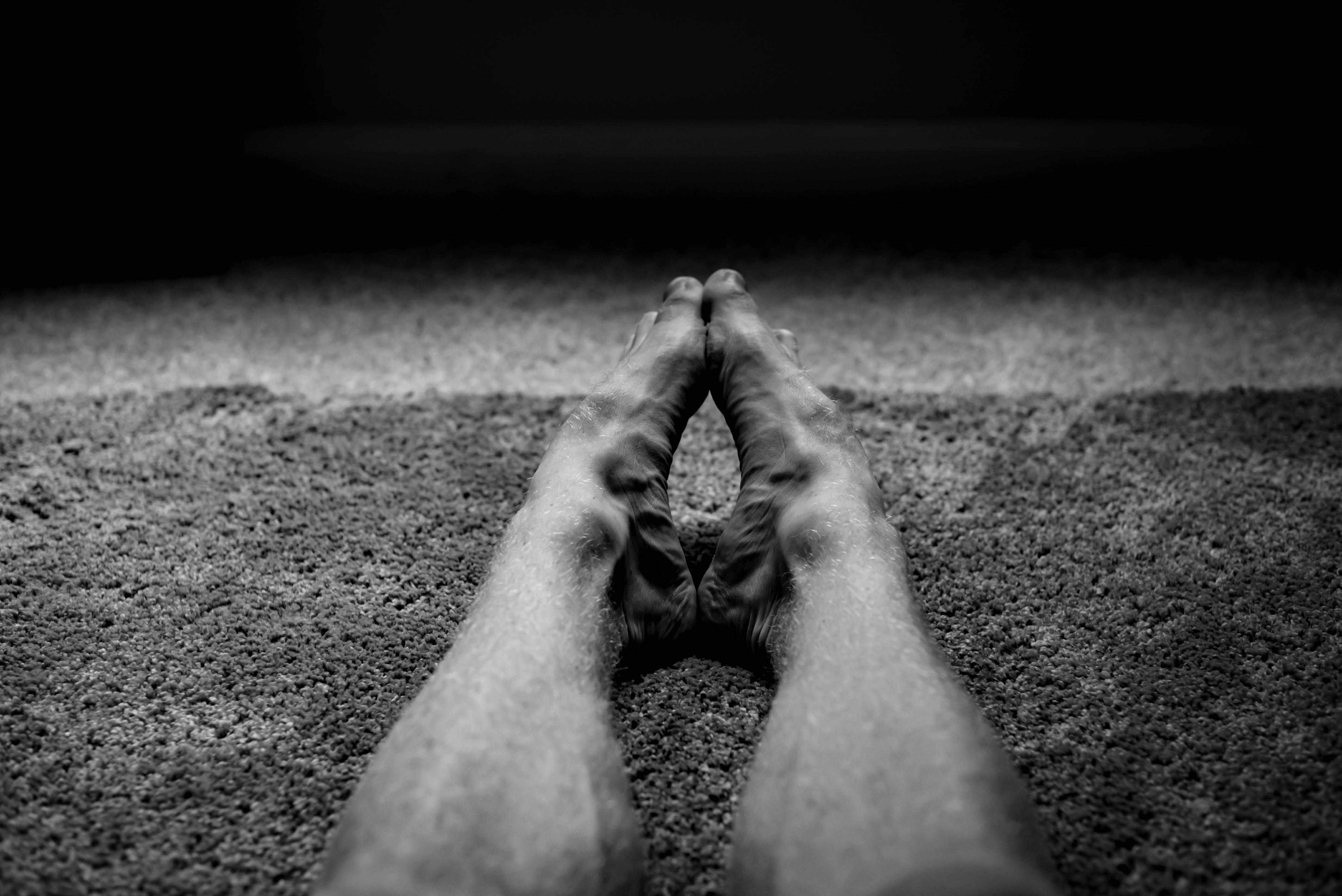Reimagining Physical Activity: The New Science of Non-Exercise Activity Thermogenesis (NEAT)
Have you ever wondered if your daily activities, even the mundane ones, could contribute to your fitness? You're not alone. The evolving field of health research has uncovered a fascinating concept: Non-Exercise Activity Thermogenesis (NEAT). It's a revolutionary approach that challenges our traditional understanding of physical activity and calorie-burning. In this article, we'll delve into the intriguing world of NEAT and how it could reshape our perspective on health and wellness.

Understanding Non-Exercise Activity Thermogenesis
NEAT refers to all the energy we expend for everything that is not sleeping, eating, or sports-like exercise. This includes activities as trivial as fidgeting, walking to work, cleaning, or even typing on your computer. These activities may seem insignificant, but they have a considerable impact on our daily energy expenditure. The concept was popularized by Dr. James Levine, an obesity specialist at the Mayo Clinic, who found that NEAT can vary by as much as 2000 calories between two people of similar size.
The Science Behind NEAT
The principle of NEAT is rooted in our body’s metabolic process. Our body uses energy in three ways: for basal metabolic rate (BMR), digestion, and physical activity. While BMR and digestion are relatively constant, physical activity varies significantly. This is where NEAT comes into play. It’s a variable component of energy expenditure that can be manipulated to increase total daily energy burn, making it an intriguing focus for weight management and overall health.
The Health Impact of Non-Exercise Activity Thermogenesis
NEAT can have profound health effects. Research indicates that individuals who have a high NEAT level are less likely to gain weight over time and have a lower risk for obesity. Beyond weight management, increasing NEAT activities can also improve cardiovascular health, enhance mood, and boost energy levels. However, modern sedentary lifestyles often limit opportunities for NEAT, making it a challenge to incorporate into our daily lives.
Practical Ways to Increase NEAT
The beauty of NEAT lies in its simplicity. It doesn’t require gym membership or special equipment. There are countless ways to increase your NEAT throughout the day:
-
Choose the stairs over the elevator.
-
Stand or pace while talking on the phone.
-
Park farther away from the store entrance.
-
Clean your house more often.
-
Take a walk during lunch breaks.
The Future of NEAT
As our understanding of NEAT deepens, it’s likely to reshape how we view physical activity and health. Future research may yield more precise ways to measure and increase NEAT, potentially offering personalized strategies to enhance health and wellness.
In conclusion, NEAT is a fascinating area of health research that offers a fresh perspective on physical activity. It reminds us that every movement counts and motivates us to make the most of our daily activities. As we continue to explore the benefits of NEAT, we can look forward to a more nuanced understanding of fitness that goes beyond the gym and permeates every aspect of our lives.




